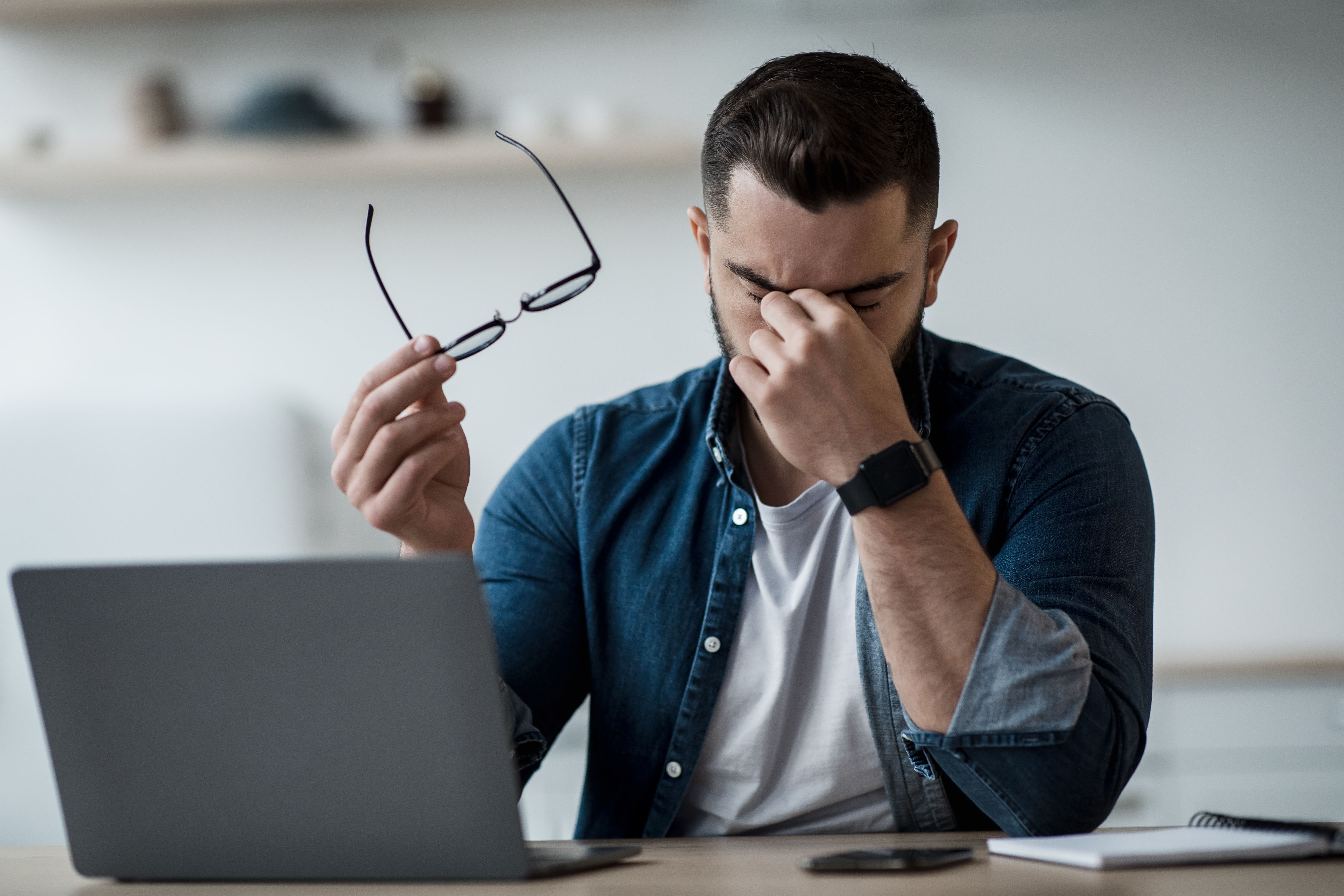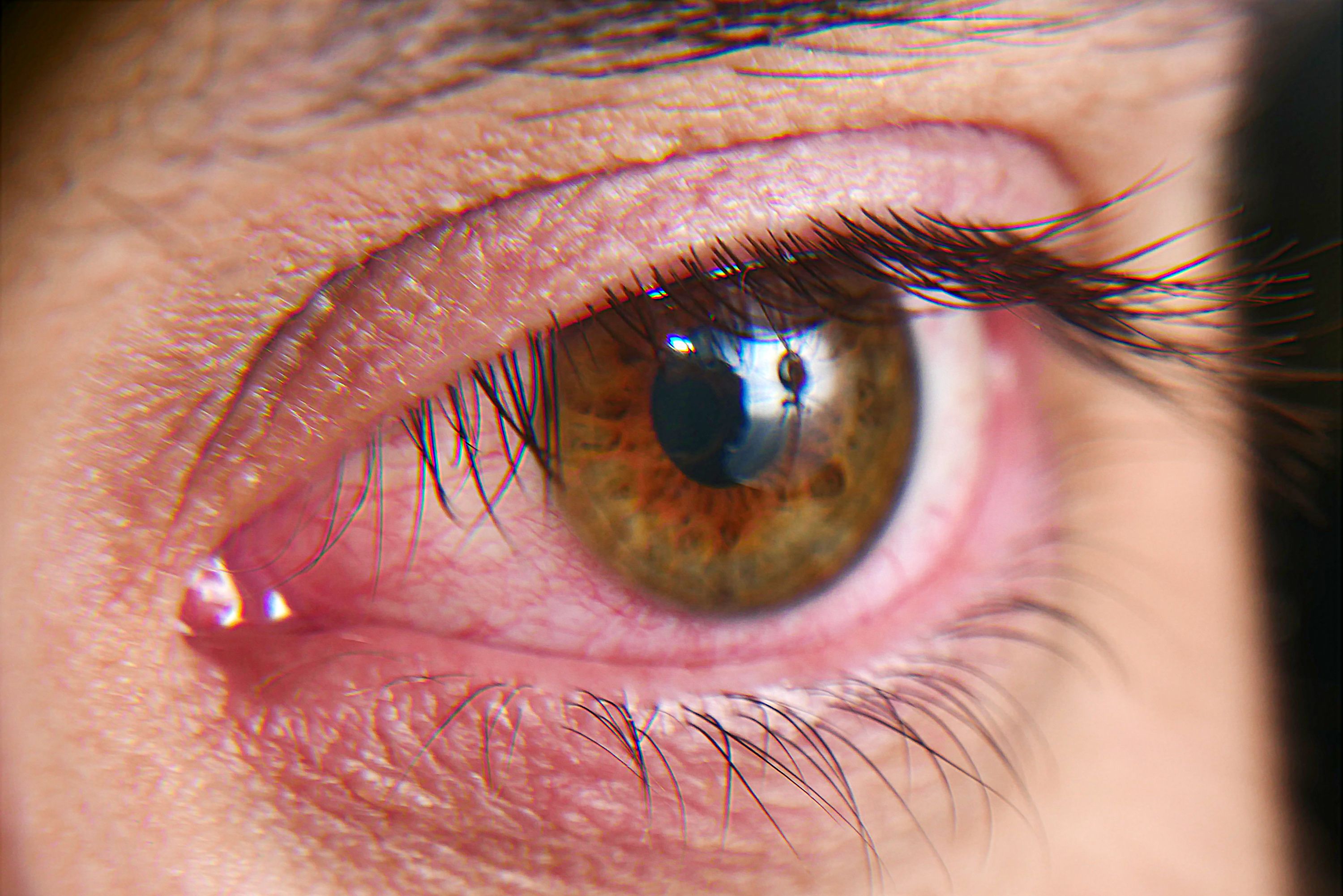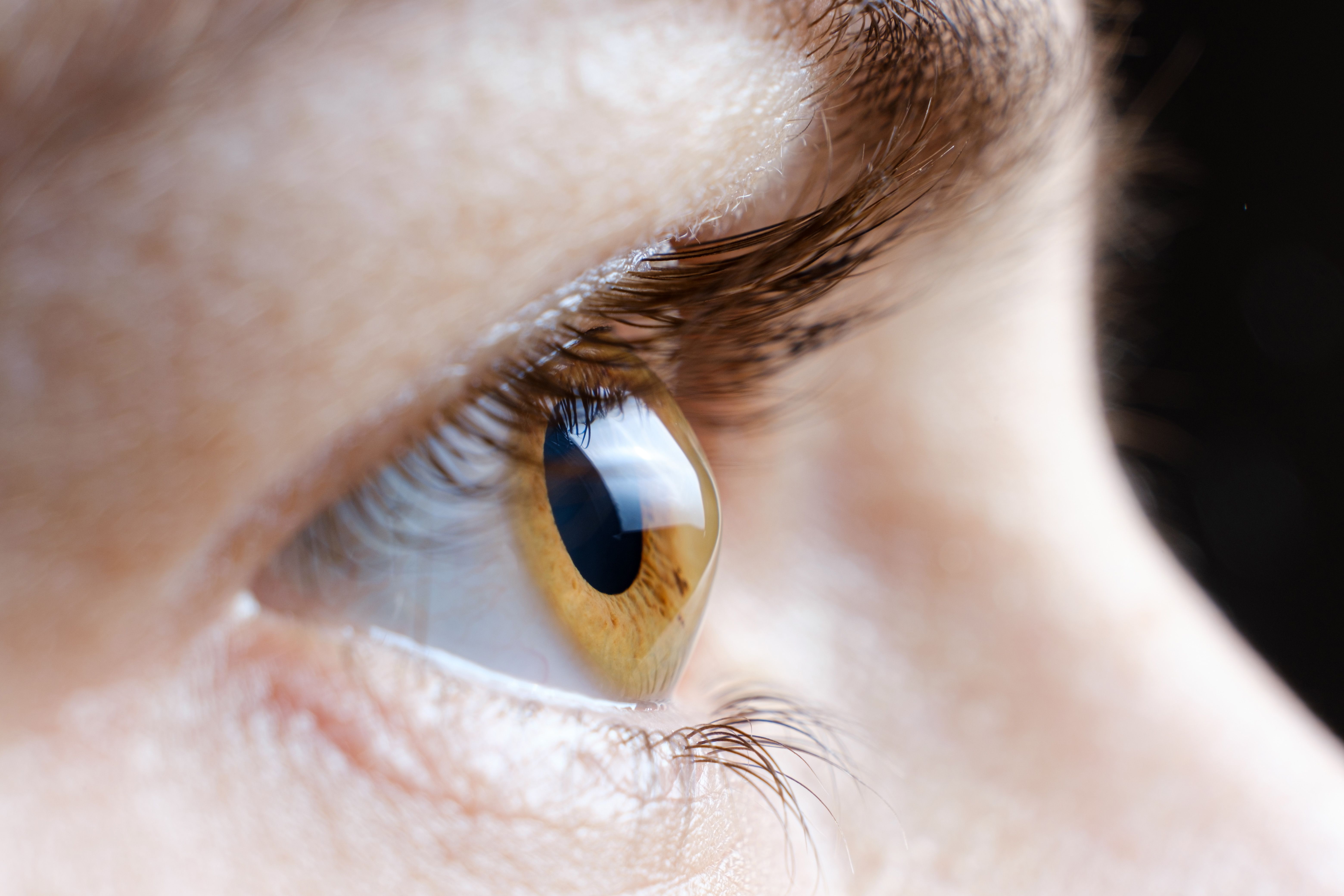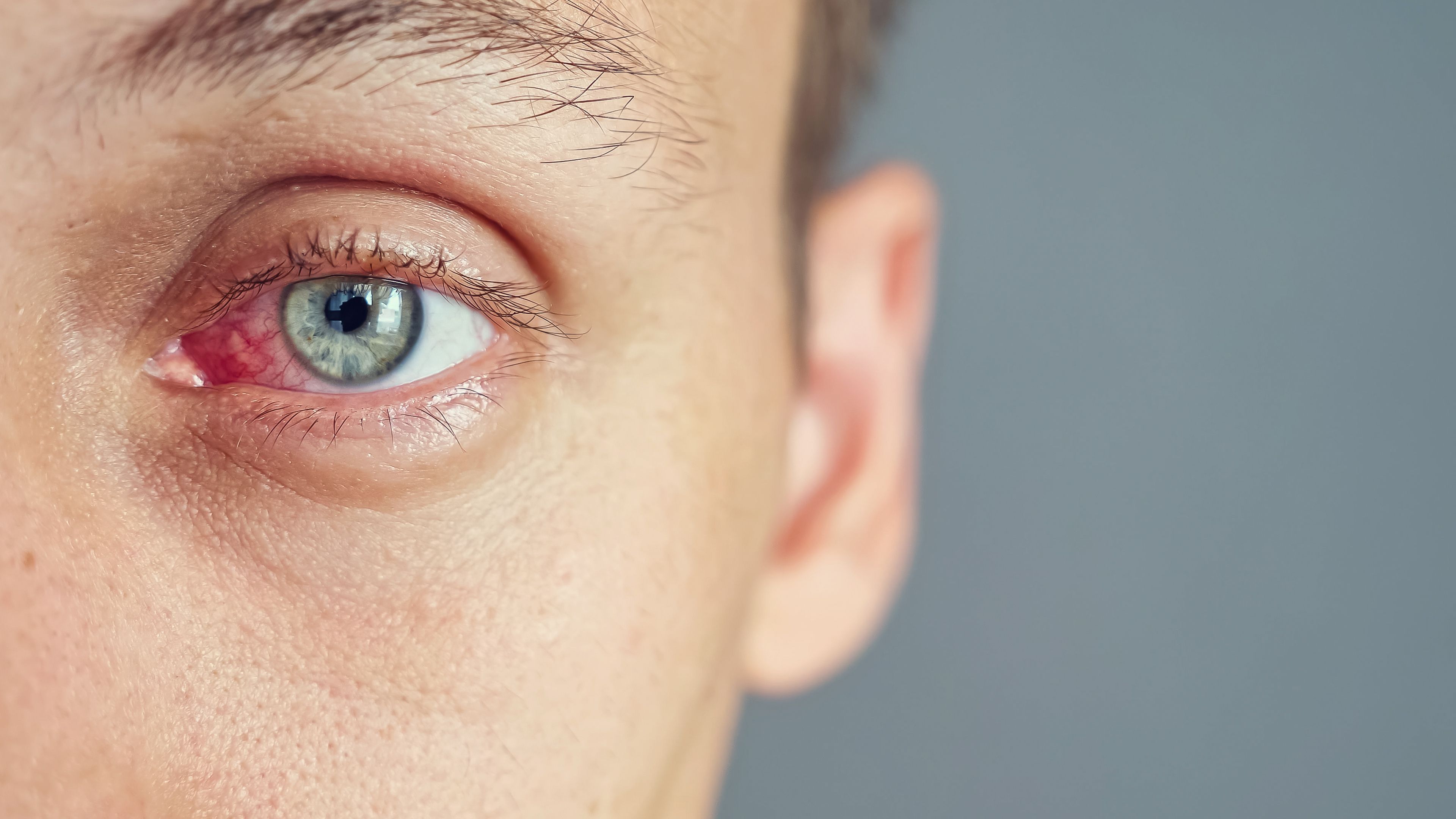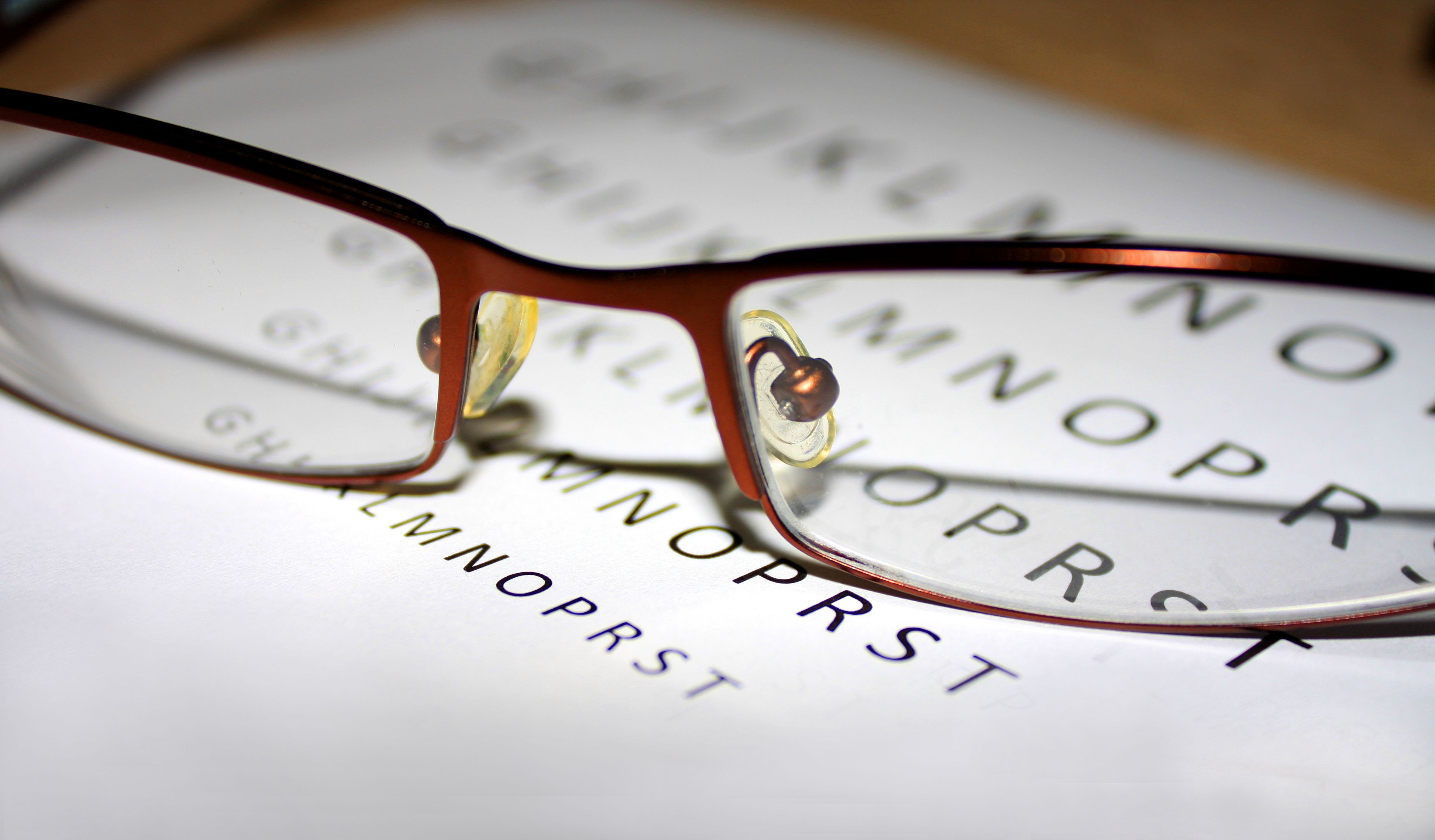News
Article
Response Times to Visual Stimulus Slower in Patients With Glaucoma
Author(s):
Key Takeaways
- Glaucoma patients show slower visual response times, indicating impaired visual signal processing rather than motor or attention deficits.
- The study involved glaucoma patients and healthy controls, revealing significant differences in visual but not auditory response times.
When compared with auditory stimulus, patients with glaucoma had slower response times to visual stimulus.
Simple reaction time tasks given to patients living with glaucoma had different response times based on whether the task was visual or auditory, according to a new study published in the European Journal of Ophthalmology.1 Processing speed in patients with glaucoma may, therefore, be linked to transmission of visual information rather than motor or attention skills regressing.
Glaucoma is an eye condition that centers on damage to the optic nerve.2 This leads to the loss of retinal ganglion cells as well as visual field defects due to the loss of these cells and the degeneration of the optic nerve. Although there are objective measures of glaucoma, such as intraocular pressure and using optic coherence tomography to assess the optic nerve, some subjective measures are also used, such as response times, which help to identify sensory and cognitive problems in patients with glaucoma. This study aimed to assess whether slow response times in patients with glaucoma were due to impairment in visual signal processing, a delay in motor execution, or attention deficit compared with patients with healthy eyes.1
Patients with glaucoma were recruited if they had a diagnosis of bilateral glaucoma, had a contrast sensitivity (log CS) of more than 1.2, and had a visual acuity (VA) that was higher than 0.4 logMAR. All participants were divided into 3 groups for the analysis. All participants had attended Lille University hospital for a routine clinic visit and had a mean (SD) time since diagnosis of primary open-angle glaucoma of 11.45 (6.09) years. Participants with normal VA volunteered for the study and were matched by age to the patients with glaucoma. There was also a young adult group with normal VA to assess pathology without the effect of aging.
Visual response times in patients with glaucoma were slower compared with healthy controls | Image credit: Rabizo Anatolii - stock.adobe.com
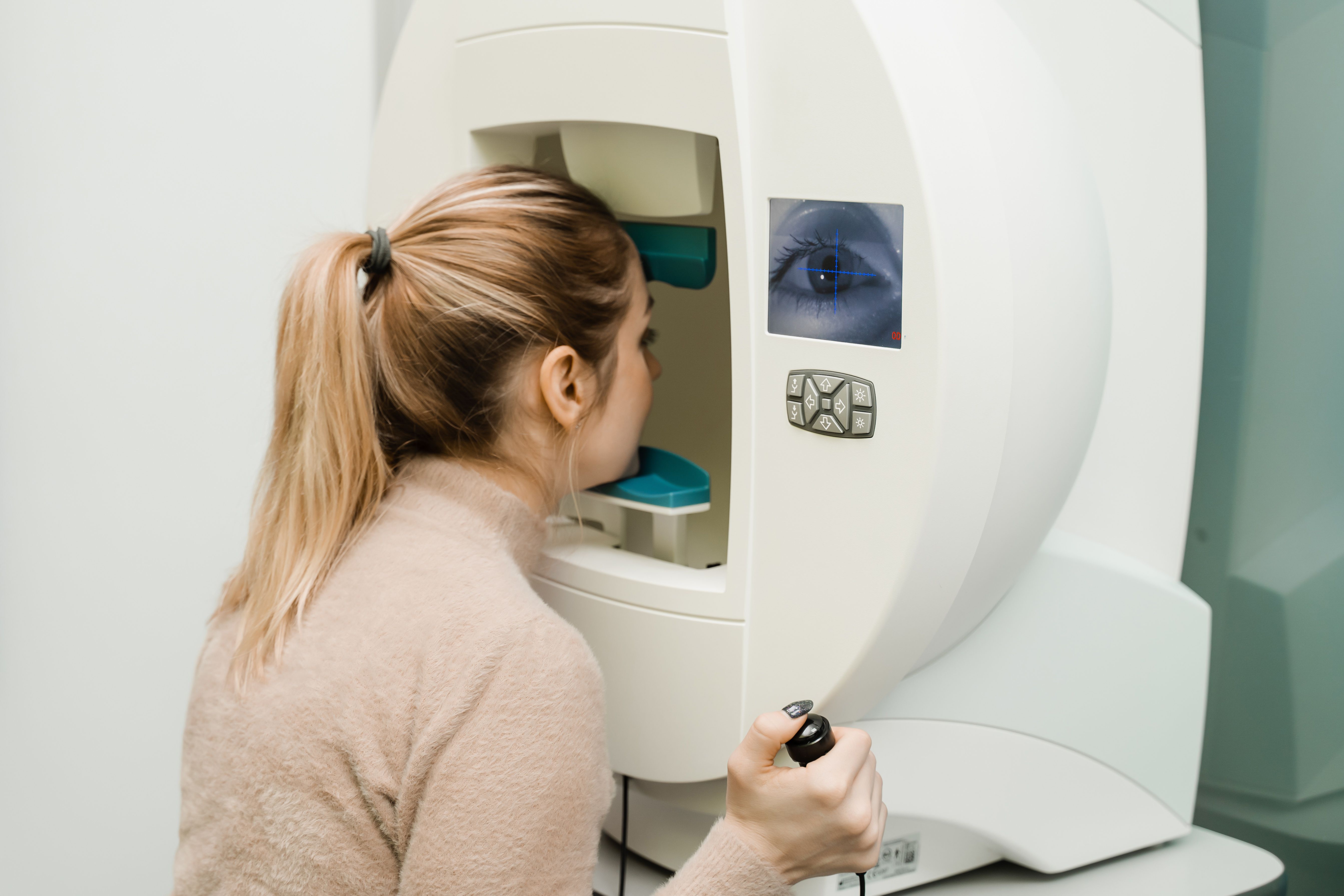
All patients had their visual field tested and a Mini Mental State Examination was given to all of the older participants. An ophthalmic exam was also conducted in these participants. Participants were given visual stimulus that included a black ring displayed at the same time as the participants’ eyes were tracked.
There were 20 participants with glaucoma with a mean age of 67.5 (8.3) years, 16 age-matched volunteers with a mean age of 66.7 (8.0) years, and 16 healthy students with a mean age of 24.1 (5.9) years who were included in the study. After performing the visual assessment, patients with glaucoma had a significantly slower response time compared with the control group (mean response time, 463 ms vs 378 ms). The difference between the older group and the younger participants was not statistically significant.
Patients with glaucoma did not have a statistically significant difference in mean response time to auditory stimuli when compared with the healthy controls (397 ms vs 399 ms). Younger participants had a faster response time compared with the older controls by 57 ms. Patients with glaucoma were 66 ms slower in the visual stimulus compared with the auditory stimulus. However, visual response times and visual acuity did not have a significant correlation (r = 0.273) or contrast sensitivity (r = 0.273).
There were some limitations to this study. There was a small sample size for all participating groups. Hearing sensitivity was also not assessed in the participants.
The authors concluded that their study “demonstrates a slowing in simple response times in glaucomatous patients in reaction to the appearance of a foveal stimulus.” The researchers concluded that these delays were not related to motor skills or attention deficit as auditory tests were not significantly different compared with healthy controls.
References
- Lenoble Q, Rouland JF, Duault M, Boucart M. Simple reaction time to visual and auditory stimulation in glaucoma. Eur J Ophthalmol. Published online January 3, 2025. doi:10.1177/11206721241310265
- Mayo Clinic Staff. Glaucoma. Mayo Clinic. November 5, 2024. Accessed January 3, 2025. https://www.mayoclinic.org/diseases-conditions/glaucoma/symptoms-causes/syc-20372839
